But what makes them so special? And why are they such a popular choice for photographers and videographers? In this article, we will answer all of your questions about Sigma’s Art lenses! We’ll cover everything from what the different lenses do, to which cameras they work with, to how much they cost. So whether you’re just starting out in photography and video or you’re a seasoned pro, this guide has something for everyone!
What are Sigma Art Lenses?
They are usually made with high-quality glass and have special coatings that help to reduce glare and reflections. Sigma Art lenses are often used by professional photographers and videographers because of their superior image quality.
There are a wide variety of Sigma Art lenses available on the market, ranging from ultra-wide angle lenses to telephoto lenses.
Wide-angle lenses are one of the most popular lens models in Sigma’s Art series. They are perfect for capturing landscapes, cityscapes, and other large scenes.
Telephoto lenses are ideal for taking close-up photos of distant subjects, such as wildlife or athletes in action.
If you’re interested in taking close-up photos of small objects, then a macro lens is a good choice. Sigma Art macro lenses can capture extremely detailed images with a shallow depth of field.
If you plan on taking panoramatic or ultra-wide angle photos, then a fish eye lens is a good option. These lenses can be used to create some really creative and unique images.
Sigma Art lenses are also famous for having a selection of high apertures, from f/1.4 to f/2.8. This means that they can let in more light than other lenses, which is perfect for low-light photography. A high aperture also allows you to create shallow depth of field effects, where the background is blurred and the subject appears to pop out from the image.
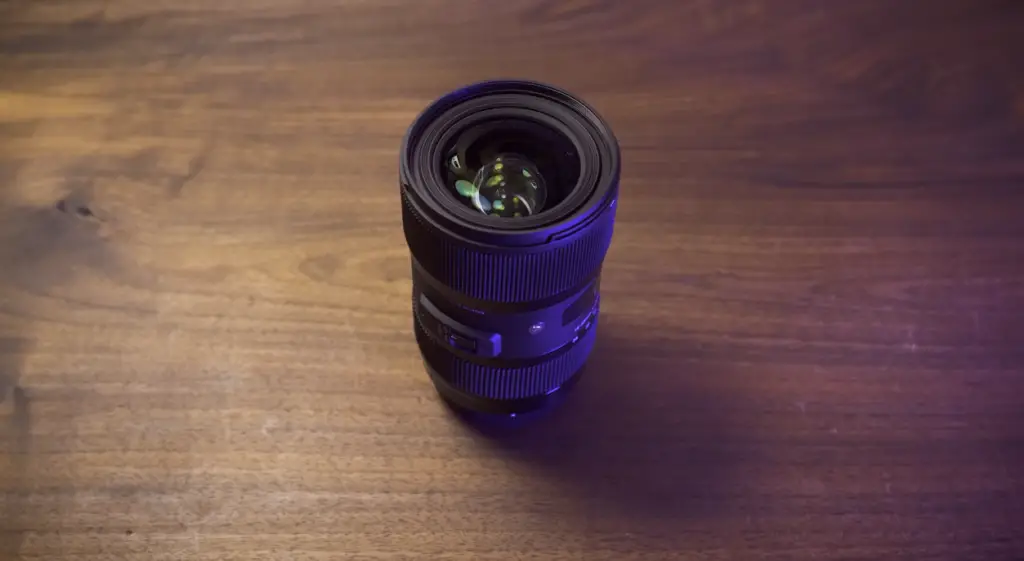
Sigma Art lenses are also available in a variety of different focal lengths, which is the distance between the lens and the camera sensor. The most common focal lengths for Sigma Art lenses are 35mm, 50mm, 85mm, and 135mm. However, there are also some Sigma Art lenses that have much longer or shorter focal lengths, such as 24-70mm or 150-600mm.
The title really speaks for itself. Sigma Art lenses are designed with the artist in mind. They were constructed with one goal in mind – to help photographers and videographers create the highest quality images possible.
When choosing a Sigma Art lens, it is important to consider what type of photography you will be doing most often. This will help you select the right focal length and features for your needs. For example, if you plan on mostly shooting landscapes, then a wide-angle Sigma Art lens would be a good choice. Alternatively, if you are mostly interested in taking close-up photos of people or animals, then a telephoto Sigma Art lens would be a better option.
Sigma Art lenses are an excellent choice for anyone who wants to take high-quality photos or videos with their DSLR camera. If you are looking for a lens that can provide you with superior image quality, then a Sigma Art lens is definitely worth considering. [1], [2]

What are the Main Qualities of Sigma Art Lenses?
But what makes these lenses so good? Here are some of the main qualities that make Sigma Art lenses stand out from the rest.
Excellent build quality
One of the first things you’ll notice about Sigma Art lenses is the build quality. These lenses are built to last with solid construction and high-quality materials. The lenses feel solid and well-made, which is reassuring when you’re using them for professional photography.
However such build quality and amount of features come at a price, and Sigma Art lenses are extremely bulky compared to other lenses on the market. The front element is very large, which is intended to prevent vignetting and produce sharp images. But this also makes the lenses quite heavy and difficult to carry around. This may be a deal-breaker for some photographers, but it’s worth considering if you’re looking for a high-quality lens.
Sharp details
One of the most important qualities of a good lens is sharpness. This means that the details in your photo or video will be crisp and clear. This is thanks to their high-quality FLD glass and advanced optics. Sigma Art lenses also have special coatings that help to reduce lens flare and ghosting, which can often ruin photos.
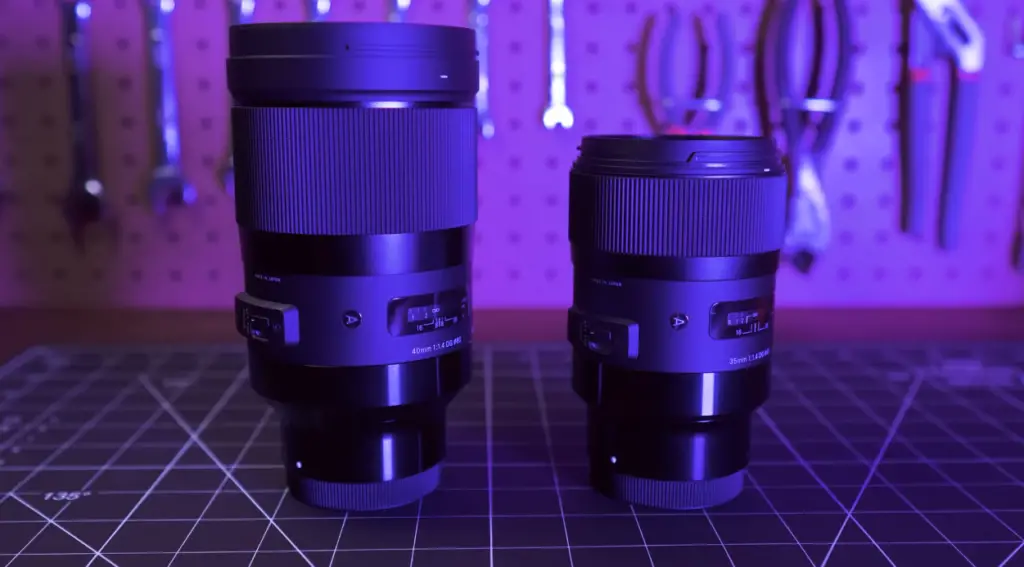
These lenses are able to capture even the smallest details in your subject matter, which is perfect for those who want to create large prints or crop their images without losing any quality. Even at the widest aperture setting, Sigma Art lenses maintain a high level of sharpness and detail in their images. In addition to being sharp, Sigma Art lenses also have excellent color rendition and contrast. This means that your photos will appear vibrant and full of detail.
Quality focus
Sigma Art lenses are known for their sharpness and accurate focus. This is because they use high-quality glass elements that are designed to produce precise images. The autofocus system in Sigma Art lenses is also very good, which means that you can take sharp photos even if your subject is moving around.
Affordable price
It may come as a surprise, but Sigma Art lenses are actually very affordable. When compared to other high-end lenses on the market, Sigma Art lenses are usually much more budget-friendly. This makes them a great option for photographers and videographers who want to get high-quality images without breaking the bank.
Sigma Art lenses are also available in a wide range of different price points, so you can find one that fits your budget.
Sigma Art lenses are also a great choice for professionals who want to add an extra lens to their collection without breaking the bank. Because Sigma Art lenses are so affordable, you can easily buy multiple lenses and have them on hand for whatever type of photography you might be doing.
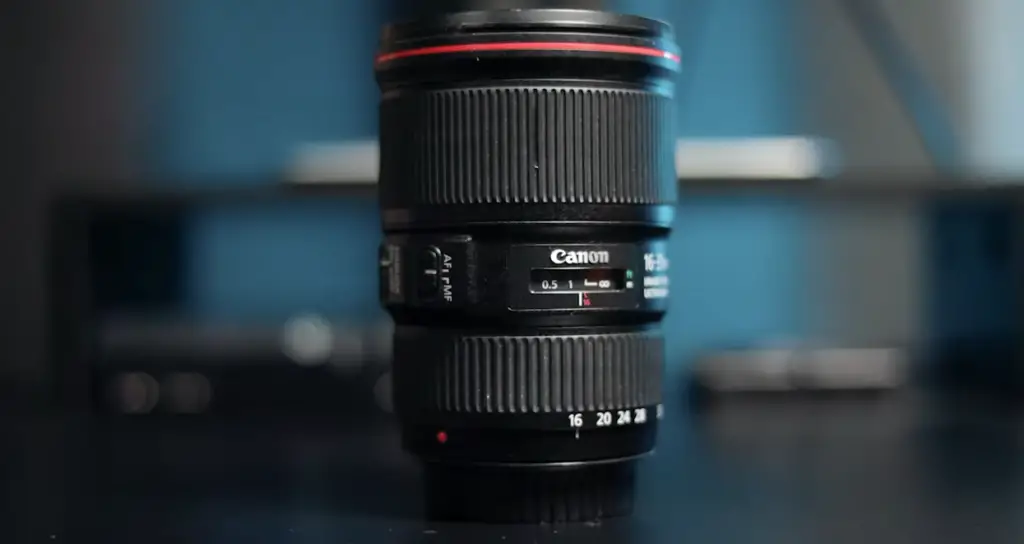
Versatility
Another great thing about Sigma Art lenses is that they are very versatile. Whether you’re a professional photographer or a hobbyist, these lenses can help you get the most out of your photography. The versatility doesn’t stop at the wide selection of lens types either. Sigma lenses can be used with a number of different camera brands, including Canon, Nikon, Sony, and Olympus.
This is one area where Sigma Art lenses really shine. The company offers a wide range of products, from entry-level to professional-grade, that are sure to meet the needs of any photographer. No matter what your needs are, Sigma has a lens that will get the job done.
Sigma Art lenses are also available in a variety of different focal lengths, which is the distance between the lens and the camera sensor. The most common focal lengths for Sigma Art lenses are 35mm, 50mm, 85mm, and 135mm. However, there are also some Sigma Art lenses that have much longer or shorter focal lengths, such as 24-70mm or 150-600mm.
They come with a dedicated USB dock
Firmware updates can be a hassle with any kind of electronic device. With most lenses, you have to spend your valuable time getting a compatible hardware or software just to adjust the focus or calibrate the lens. But with Sigma Art lenses, you can simply connect the lens to your computer via the included USB dock and update the firmware yourself. This is a huge time-saver and makes it much easier to keep your lens up-to-date. The USB dock also allows you to fine-tune certain parameters of your lens, such as focus calibration and AF microadjustment. [1]
FAQ
What is the difference between Sigma contemporary and Art lenses?
Contemporary lenses are designed for the latest cameras with the most advanced features and functions. They offer a smaller, lighter form factor and a simplified user experience. Art lenses are designed first and foremost for optical performance, offering uncompromising image quality for discerning photographers.
Are Sigma Art lenses full-frame?
Certain Sigma Art lenses are indeed designed for full-frame cameras. These lenses will have the designation ‘DG’ in their name, which stands for ‘Digital Grade’. However, not all Sigma Art lenses are full-frame; some are designed specifically for APS-C sensor cameras. These will be labelled with an ‘DC’ in their name, which stands for ‘Direct Current’.
Are Sigma Art lenses better than Sony?
It’s a common question, and one that doesn’t have a straightforward answer. It really depends on what you’re looking for in a lens. If you’re primarily interested in image quality, then Sigma Art lenses are often going to give you better results than Sony’s own lenses. However, if you’re more concerned with features and autofocus performance, then Sony’s lenses are usually going to be a better option.
Sigma lens are also known to be pretty versatile, so if you’re looking for a lens that can do a little bit of everything, then a Sigma Art lens is probably going to be your best bet.
Do Sigma Art lenses have autofocus?
Yes, current Sigma Art lenses have autofocus. This was not always the case, as some of the earlier Art lenses were manual focus only.
Useful Video: The Best Sigma Art Lens (24mm vs 35mm vs 18-35mm vs 24-35mm)
Conclusion
Among all the different types of lenses out there, Sigma Art lenses are some of the best you can buy. One of the things Sigma Art lenses are known for, is their excellent image quality. Thanks to their large aperture and low dispersion glass elements, these lenses are able to produce sharp images with minimal chromatic aberration. They’re also well-built and they’re affordable. If you’re looking for a high-quality lens that won’t break the bank, a Sigma Art lens is a great option.
In addition to that, thanks to their versatility, Sigma Art lenses can be used on a variety of camera mounts, including Canon, Nikon, Sony, and Pentax. So no matter what type of camera you have, you should be able to find a Sigma Art lens that’s compatible with it. Thanks for reading!
References
- https://contrastly.com/things-you-need-to-know-about-the-stunning-sigma-art-lenses/
- https://www.sigma-global.com/en/lenses/lines/






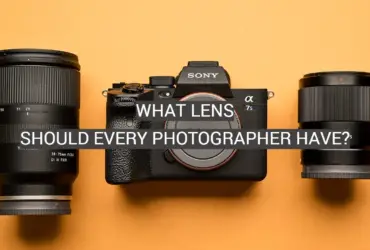
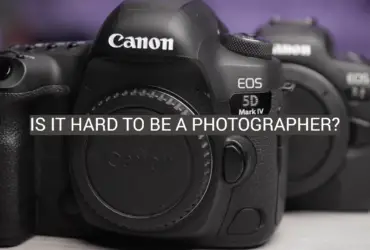
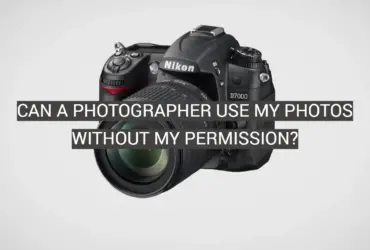



Leave a Reply